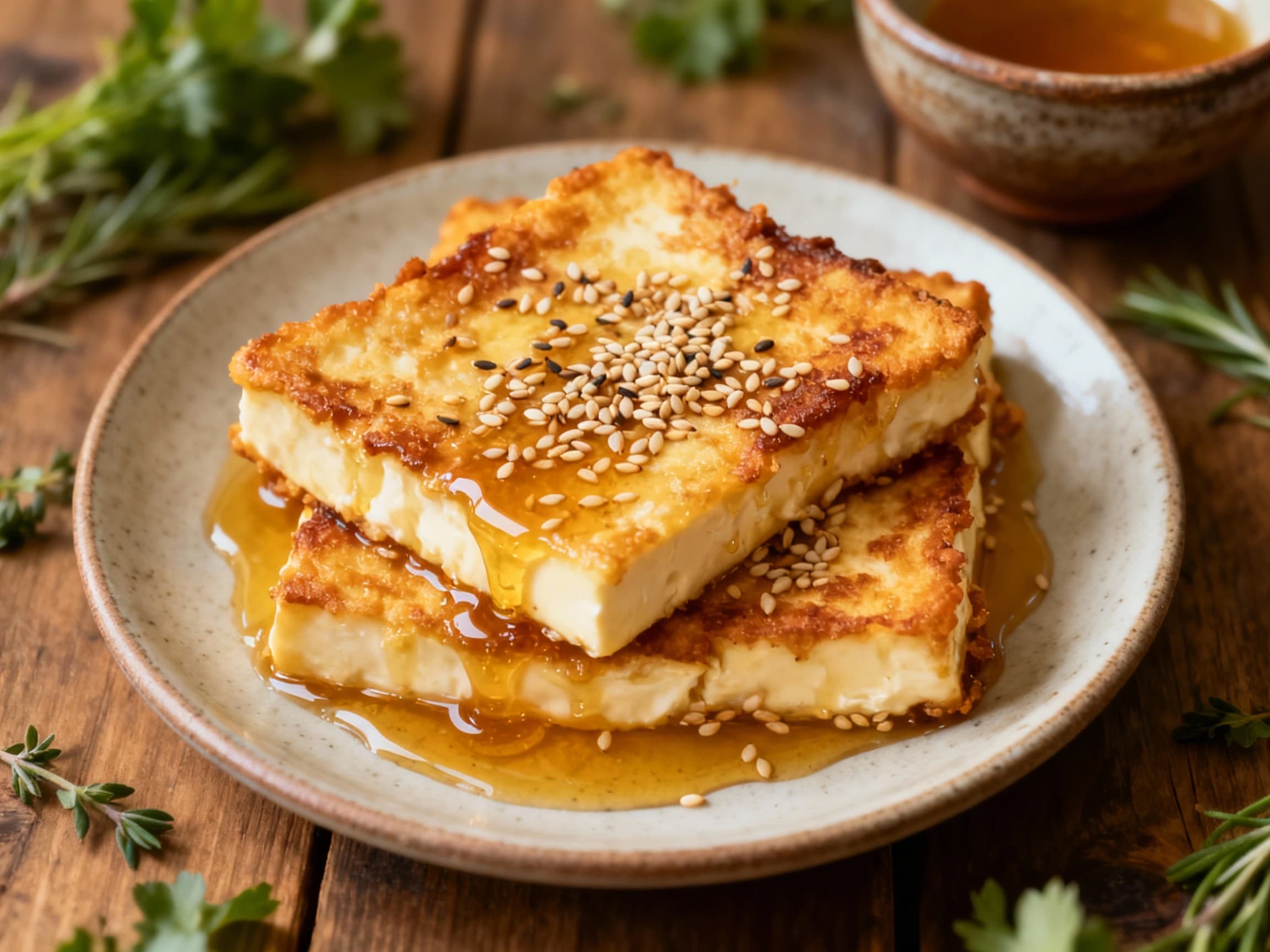
Saganaki
Σαγανάκι
- Country
- Greece
- Region
- Ionian Islands
- Recipes
- 3 Recipes
Dish information
Saganaki, a beloved Greek appetizer, is essentially fried cheese served piping hot, a testament to simple yet profound culinary enjoyment. The name 'Saganaki' itself derives from the Greek word 'sagani,' referring to the two-handled frying pan in which the cheese is traditionally cooked. While various cheeses can be used, the most authentic and popular choices include 'kefalotyri,' a hard, salty sheep's milk cheese, or 'halloumi,' a semi-hard, non-melting cheese often originating from Cyprus. The preparation is straightforward yet requires a keen eye: the cheese is typically dredged in a light flour coating or simply fried as is, until a golden-brown crust forms and the interior becomes wonderfully gooey and elastic. A final flourish of freshly squeezed lemon juice cuts through the richness, adding a vibrant citrus note that elevates the dish. Its origins are deeply rooted in the culinary traditions of Greece and the wider Aegean region. While not tied to a single definitive historical moment, fried cheese preparations have been a part of Mediterranean cuisines for centuries, evolving with local ingredients and techniques. It gained significant popularity in Greek tavernas across Greece and gained international recognition from the mid-20th century onwards with the rise of Hellenic tourism and its diaspora. Places like the Ionian Islands, known for their excellent local cheeses and coastal influences, are particularly associated with refined versions of saganaki. It’s a dish that speaks of convivial gatherings, its communal nature and shareable format making it a staple at any mez o tavla (table of small dishes).
Timeline
The 'sagani' pan became common in Greek kitchens.
Fried cheese dishes like Saganaki gained popularity in tavernas.
Saganaki began appearing more frequently on international menus.


